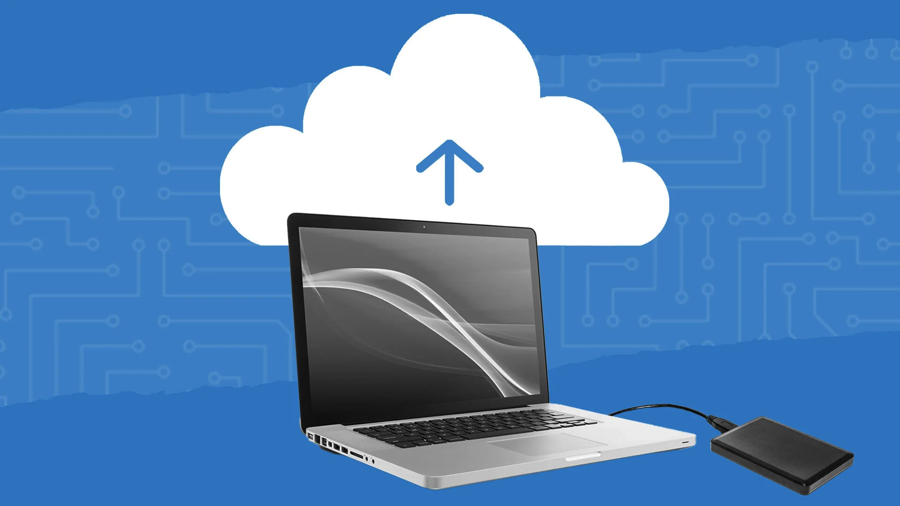My Backup Strategy

📝 Everyone eventually suffers a data loss, either from a hardware failure, a rouge application, user error or some mystery cause. The only effective solution is a good backup strategy. It’s up to you how much energy and time you want to put into it. The way you use your computer will dictate what kind of tools you want to use.
Everyone who uses a Mac should have a Time Machine backup drive. My primary home computer is a laptop, so I don’t leave the external Time Machine connected all the time, but i do connect it every night. This gives me a restore point for every day on the calendar if I need to recover some missing files, as well as a way to restore my entire computer in case of drive failure.
Once a month I use the drive cloning app, SuperDuper to make a bootable backup of my entire hard drive. I keep that in my car when I am not using it in case something catastrophic happens to the house.
I also take full advantage of cloud storage accounts. All of my photos are copied to iCloud Photos, Google Photos and Amazon Photos. My documents folder is synced with iCloud and while there is a difference between backup and syncing, it does provide a second copy of what’s currently on my hard drive.
One of my most valuable (to me) sets of documents are my blog archives. I have multiple backups of them, including a synced copy on Google Drive, a copy on Obsidian Sync and a copy on GitHub.
Aside from my personal laptop, I also use a Mac at work. I use Google Drive and One Drive to sync files between the two devices, primarily my downloads folder to save myself the hassle of having to download things on both machines.